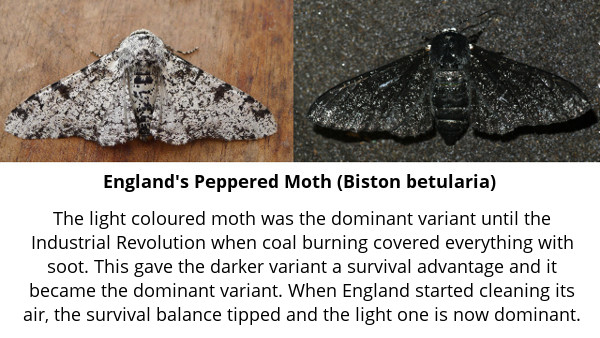@Jasper10,
Jasper10 wrote:
Sorry your arguments are not persuasive enough.There would be a large proportion of bone evidence that survived as there are for dinosaur bones.You are going to have try harder to persuade me.It sounds as if you are desperate to come up with anything.Why choose a frog as an example. ? give me evidence with bones in it.
Frogs have bones. Bones decompose.
There is an example of an experiment where some breeders started selectively breeding wild foxes for friendliness and after a number of generations (I don't remember how many), the offspring were like domestic dogs in their physical as well as behavioral traits.
The point is that there is variation built into organisms so when they breed and multiply, there is variation in the offspring. Then if there is some selection pressure that causes some individuals to die before reproducing, while others don't; then the population gradually changes to reflect the dominant trait of the survivors.
Haven't you seen the example of moths that were light in color before the industrial revolution, but turned dark in color after the trees all got stained by sooty air from the factories? It is because the light colored moths that were camouflaged on the trees before they darkened became more visible to birds/predators on the darkened tree bark, and so they got eaten while the darker colored ones survived and reproduced.
